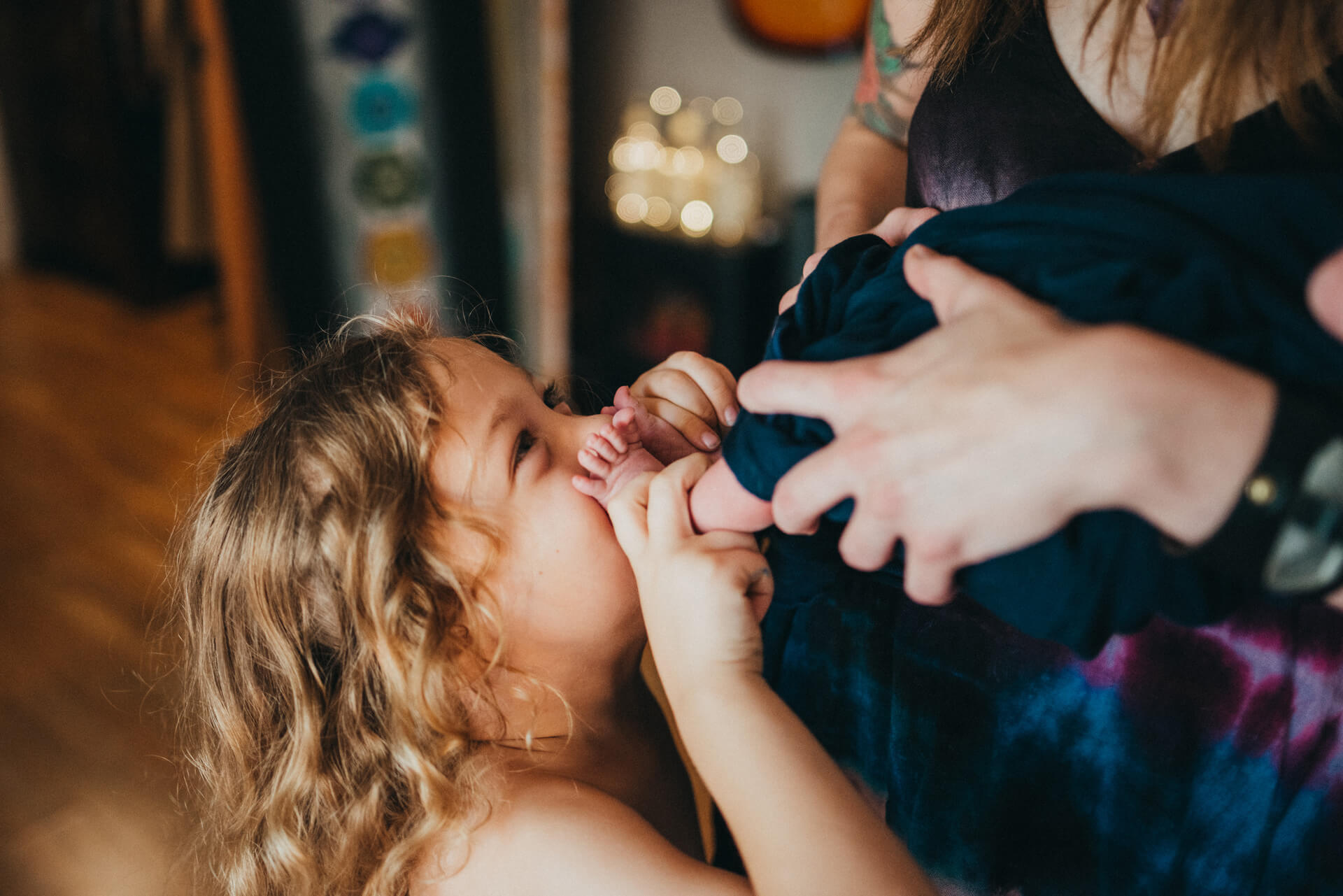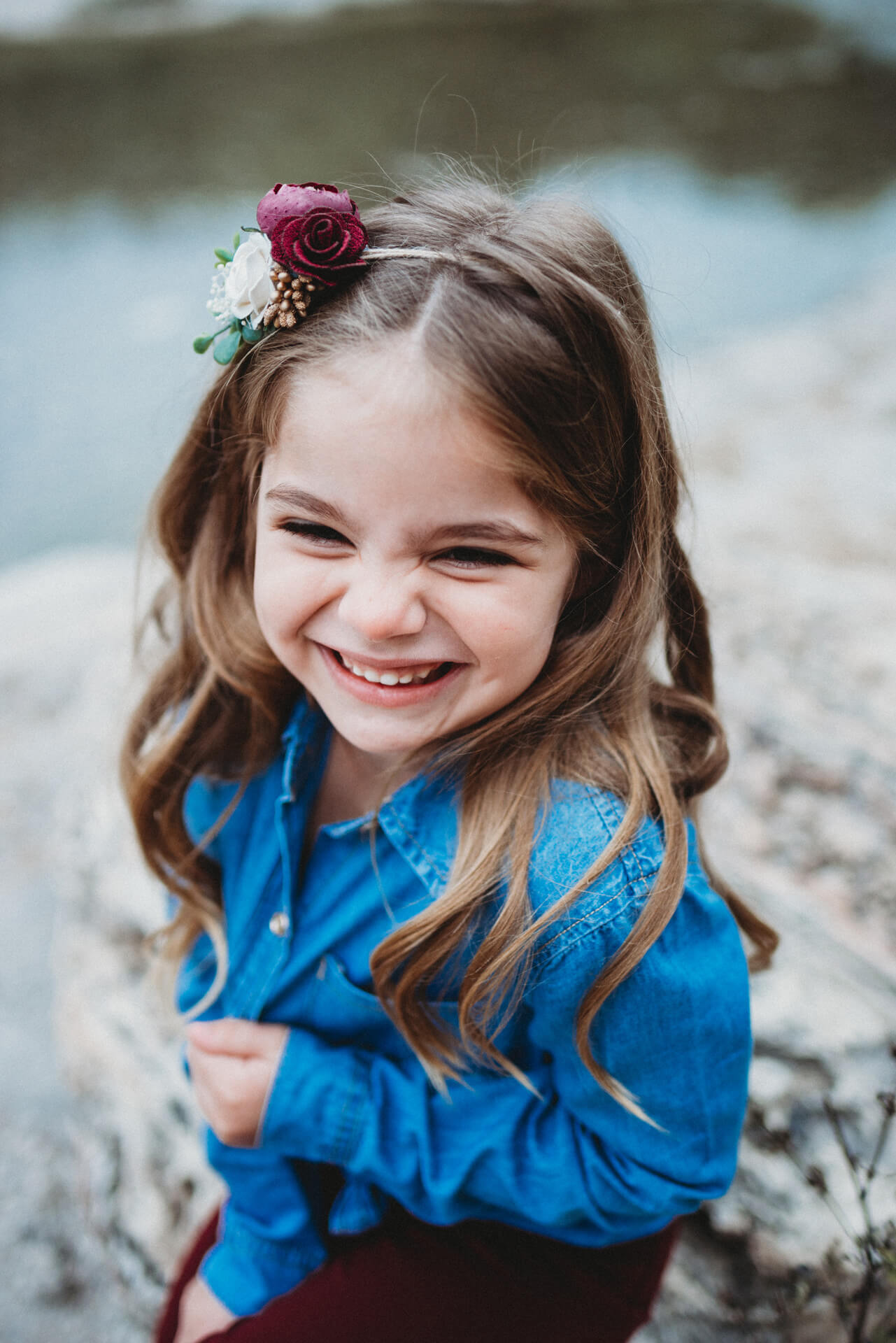How To Get Into Photography
Maybe you have wanderlust and want to document your travels. Maybe you have a baby on the way and want to capture all of the firsts. Maybe your kids have flown the coop and you are looking for a new hobby. Whatever your reason, learning how to create beautiful photographs is a worthwhile venture. But, it is an expensive hobby and there is a lot to learn! So, you ask– how do I get into photography?
Like any creative outlet, there’s no single “right” answer. However, there are a number of things you can do to head in the right direction, instead of becoming frustrated and turning your new fancy camera into a paperweight. Here are some tips for all of you newbies.
Determine what inspires you
Step one is to find your inspiration. If you enjoy traveling, you might want to jump into landscape photography. If you have kids, I know you want to capture all of those cute moments around the house and on-the-go adventures and you can do so in a beautiful photojournalistic syle.
Browse through some photos. What stands out to you? Are you more into the sharpness of detail and technical perfection or the feeling you get when you see an image that moves you emotionally? Do you prefer posed photos or real-life authentic moments?
By identifying what inspires you, you can better determine where to start learning photography.

Choose the right camera, and get to know it
You don’t need the latest, greatest camera on the market. But, there are some features that are important. You should get a camera that has manual mode–this is how you really control the image. You should also get a camera that has RAW–because once you learn how to get the shots you want, you’re going to want to perfect them through editing (hello Lightroom!).
A DSLR (digital single-lens reflex) camera is what I would recommend. This type of camera will give you high resolution images and provide the flexibility for expanding with different lenses. The entry-level models are your best bet–they are the most inexpensive and have fewer buttons and dials that seem to daunt beginners. You’ll find out that entry-level DSLR cameras have a crop-sensor (what???). While a crop-sensor does not provide the same level of image quality as a full-frame sensor, it does offer major advantages when it comes to cost. The crop-sensor also allows for the camera to be more compact. If you were to jump into a full-frame sensor, professional-grade camera right off the bat, you would probably be fed up on day one and never pick it up again. The pro DSLR cameras (most often) do not come with any automatic settings and have twice as many buttons, dials and options as the beginner-friendly models.
In my opinion, Canon and Nikon are created equal. Keep in mind that once you become heavily invested in one line, you’ll probably want to stick with it.
When you settle on just the right camera and bring it home, learn it inside and out. There are a smorgasbord of blogs with helpful information and you’ll find that many local camera shops teach classes–if you’re in Austin, check out Precision Camera. I am also a huge fan of the online classes Clickin Moms has to offer–especially their breakout series (super affordable).
Consider it your new sidekick
While you’re learning, take your camera everywhere and shoot everyday. Inspiration is all around you! You can’t take pictures unless you have your camera with you. Take it to work and bring it along for every adventure. When something inspires you, take some photos. Try different compositions. It’s easy to take good photos when you feel inspired.
When you take a look at your images what do you like? What don’t you like? As you learn more about techniques through a class, blog-reading, from social media inspo surfing or from experience, try them out on your camera. Experiment with different options and watch how they change your shot.
It’s all about the light
Understanding light is the most essential aspect of becoming a good photographer. If nothing else, learn light. Watch how placing the light behind, beside or in front of your subject changes your results.

Learn how to shoot manual
Getting into photography means taking control of your images. To do this, you’ll need to venture off of auto. But first, you’ll need to learn what aperture, ISO and shutter speed mean. From there, try out the aperture and shutter speed priority settings. Once you feel comfortable using those, the jump to full manual mode won’t be so intimidating.
Add some new glass
Once you get the hang of manual mode, a new lens is a good way to improve the quality of your images. Wait until you understand aperture before you buy a new lens. A 50mm f/1.8 prime lens is a great option that won’t break the bank. But you can try another type of lens depending on where your interest lies. A telephoto lens is great for sports or wildlife photography. A macro lens is great for shooting close-up.
Take it easy
Photography is a rewarding hobby, and for me has become the most fantastic career. But, everyone has to start somewhere. At the beginning of your journey, determine what inspires you. Choose the right camera, take it everywhere and shoot everyday. Learn all about light and how to shoot in manual. When you feel comfortable, kick up the quality of your images with a new lens. As you are doing all of the above–enjoy yourself. Cut yourself some slack if you get frustrated. Don’t give up. The art of photography is unique to your individual eye and “mastering” it is subjective and a lifelong experience.

My name is Melanie Applegate and I’m an Austin-based natural-light lifestyle photographer fueling the drive to create. If you’d like, you can follow my work on Instagram.